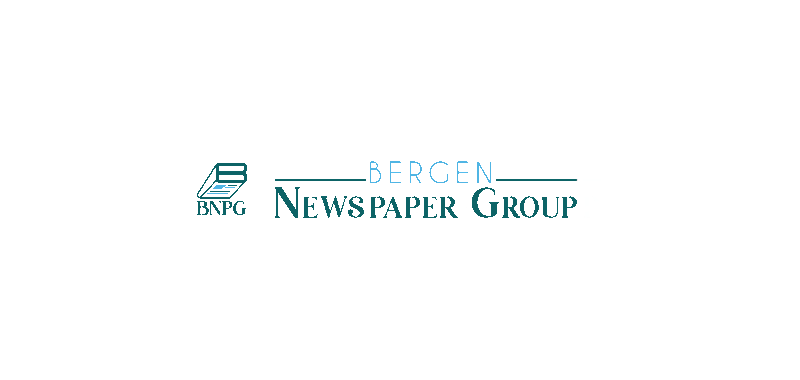The Anglo-Dutch consumer goods group said sales rose 4.4% in the first three months of the year, ahead of analyst expectations of 3.5%. It also increased volumes for the second consecutive quarter as the stock cube and soap maker tries to win back market share.
Shares of Unilever rose as much 5% in early trading in London. The stock is down more than 9% in the past year.
A prolonged period of high inflation has stretched consumer budgets and pushed shoppers to cheaper supermarket brands. That trend appears to be reversing for some European consumer groups, such as Unilever and Reckitt Benckiser Group Plc, but not Nestle.
The world’s biggest food maker missed sales growth expectations for the first quarter Thursday, when it said that volumes were once again contracting, blaming North America for the slowdown.
Read More: Nestle Sales Volumes Fall Again as North America Slows Down
Unilever’s beauty and wellbeing unit, which includes premium skincare and vitamins, was the fastest-growing division with sales rising 7.4%, led mostly by higher volumes.
In March, Schumacher announced the spinoff or sale of its ice cream business, which has around €8 billion ($8.6 billion) in annual sales, as part of a wider effort to refocus the business. The unit grew just 2.3% on an underlying basis made up of higher prices and lower volumes.
Unilever reiterated Thursday that it expects sales growth of between 3% and 5% this year, with a modest improvement in its underlying operating margin.
“This is a good quarter from new CEO Hein Schumacher and implies progress is already being made,” RBC analyst James Edwardes Jones said in a note. “However, there is no mention of market share performance. We would like to get confirmation that Unilever’s competitiveness is also improving.”
By Dasha Afanasieva
Learn more:
Beauty and Personal Care Lead Sales Growth at Unilever
Unilever Plc sold more products like deodorant and mayonnaise for the first time in more than two years, as easing price inflation encouraged shoppers to buy more.

